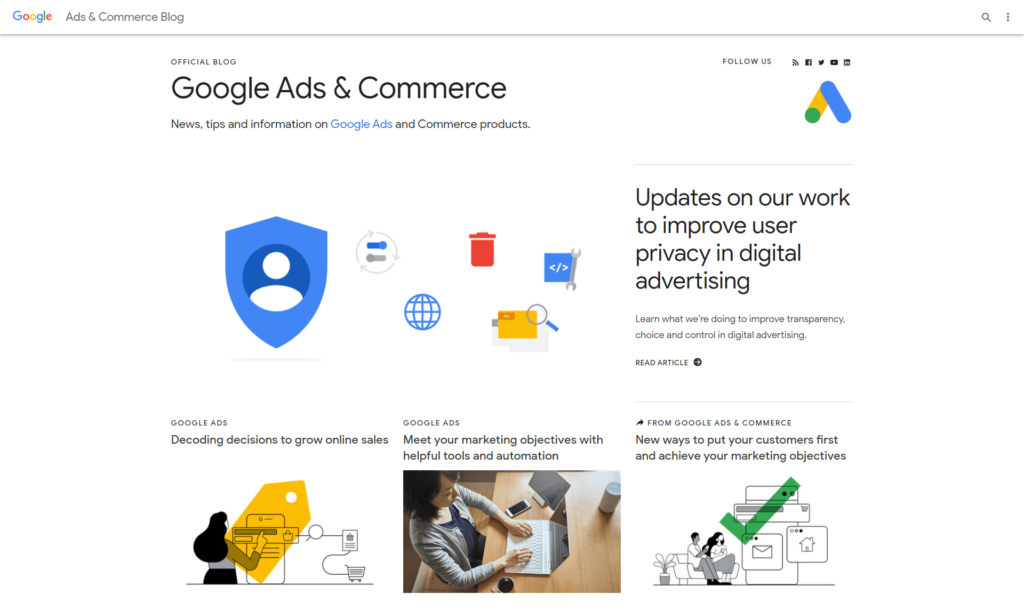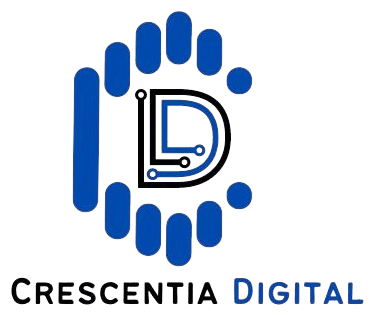In today’s digital landscape, businesses are constantly seeking effective ways to attract more customers and increase their online visibility. One of the most powerful tools for achieving these goals is Pay-Per-Click (PPC) advertising. PPC allows businesses to place their ads directly in front of potential customers, paying only when someone clicks on the ad. But what makes PPC so effective, and how can you leverage it to grow your business? Let’s dive in.
What is PPC Advertising?
PPC is a digital advertising model where advertisers pay a fee each time their ad is clicked. Essentially, it’s a way of buying visits to your site rather than earning them organically. Common PPC platforms include:
- Google Ads: Display ads at the top of search engine results pages (SERPs).
- Social Media Ads: Platforms like Facebook, Instagram, and LinkedIn offer PPC advertising to target specific audiences.
- Display Ads: Visual banner ads placed on websites.
Why Choose PPC?
- Immediate Results: Unlike SEO, which can take months to show results, PPC campaigns can drive traffic almost instantly.
- Targeted Reach: PPC allows you to target users based on keywords, location, demographics, and even browsing behavior.
- Cost-Effectiveness: You only pay for actual clicks, ensuring your budget goes toward engaged users.
- Measurable ROI: With tools like Google Analytics, you can track the success of your campaigns and optimize accordingly.

How Does PPC Work?
- Keyword Research: Identify keywords your target audience is searching for.
- Ad Creation: Write compelling ad copy and design visually appealing banners.
- Bidding: Set a budget and determine how much you’re willing to pay for each click.
- Targeting: Define your audience based on factors like location, interests, and device usage.
- Launching the Campaign: Publish your ads and monitor performance.
Key Elements of a Successful PPC Campaign
- Compelling Ad Copy: Your ads should grab attention and encourage users to click.
- Landing Page Optimization: Ensure the page users land on aligns with the ad and provides value.
- A/B Testing: Test different versions of your ads to see which performs better.
- Analytics and Tracking: Use analytics tools to monitor metrics like Click-Through Rate (CTR), Cost-Per-Click (CPC), and conversion rates.
Common PPC Mistakes to Avoid
- Ignoring Negative Keywords: Prevent your ads from showing up for irrelevant searches by using negative keywords.
- Overlooking Mobile Optimization: Ensure your ads and landing pages are mobile-friendly.
- Setting Unrealistic Budgets: Start with a manageable budget and scale as you see results.
- Failing to Analyze Data: Regularly review campaign performance and adjust strategies based on insights.
Conclusion
PPC advertising is a highly effective way to drive targeted traffic, boost brand visibility, and increase sales. However, success requires careful planning, constant monitoring, and ongoing optimization. Whether you’re new to PPC or looking to refine your strategy, investing in this powerful tool can lead to substantial growth for your business.
If you’re ready to take your digital marketing efforts to the next level, consider exploring PPC today. The right campaign can transform clicks into customers and deliver measurable results for your business.
